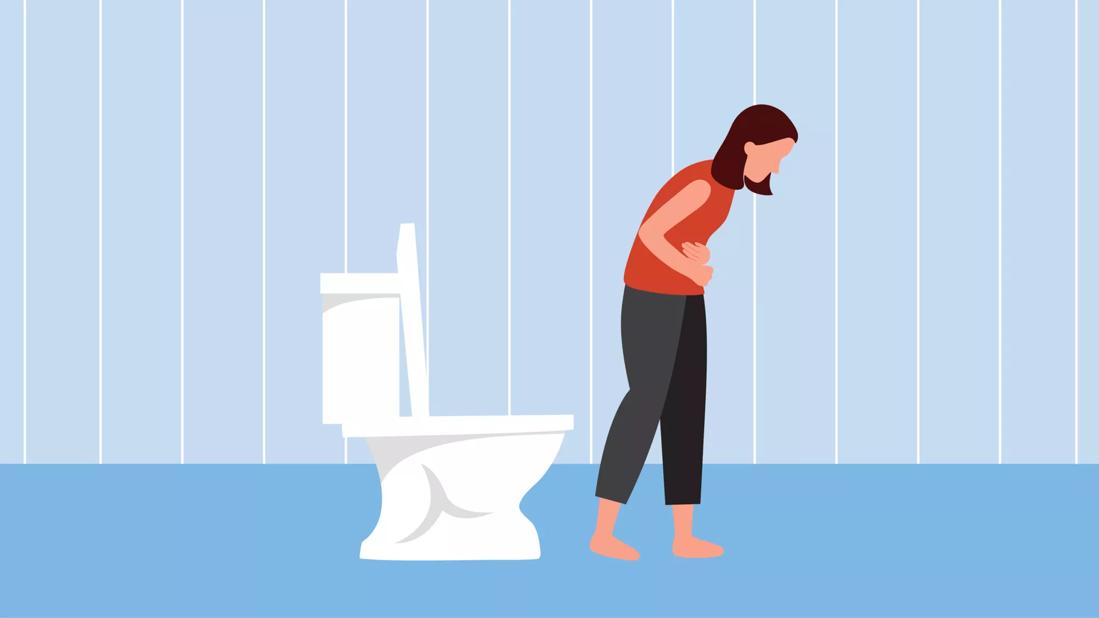How To Prevent Fried Rice Syndrome - Health Essentials

Raw poultry and meat seem to get all the blame when it comes to food poisoning. But there's a lesser-known digestive infection, commonly called "fried rice syndrome," that can affect seemingly innocent and extremely common foods like rice.
Although it's not as common as other types of food poisoning, fried rice syndrome can be serious, so it's worth learning its causes — and how to avoid it.
Gastroenterologist Christine Lee, MD, shares the facts about fried rice syndrome.
How does food poisoning happen with rice?
Fried rice syndrome is food poisoning caused by a bacterium known as Bacillus cereus (B. cereus). This microscopic germ likes to live on starchy foods like rice and pasta, but it can set up shop on nearly any food. All this bacterium needs is the right combination of time and improper temperature.
"Like most food poisoning, fried rice syndrome can occur when you don't cook or store food at the right temperatures," says Dr. Lee. "People call it 'fried rice syndrome' because the process of cooking rice, leaving it out and then reheating it creates a perfect environment for this germ."
There's another reason B. cereus likes to latch onto rice: Its size.
"Rice is a bunch of tiny pieces, so it has more surface area than something like a steak," says Dr. Lee. "More surface area means more places for germs to hide."
But it's not just rice that you have to watch out for. B. cereus can also affect pasta, meats and cooked vegetables.
What causes fried rice syndrome?
Fried rice syndrome is sneakier than other types of food poisoning because it uses spores — or tiny cells — to make you sick. These spores can survive higher temperatures, including your microwave or a quick fry on the stovetop.
"B. cereus spores can be anywhere," explains Dr. Lee. "The spores are usually harmless in small numbers. But when in the right environment, they can multiply — and that's when they can cause sickness."
Say you cook some pasta to make a pasta salad. Or you cook some rice with the intention of making fried rice later. You leave the cooked food out on the counter for a few hours. Under the right conditions, the small group of spores can turn into a large gathering. And in those higher numbers, the spores will release enough toxins to make you sick.
Symptoms of fried rice syndrome
Like other types of food poisoning, symptoms of fried rice syndrome include:
- Diarrhea.
- Fever.
- Nausea.
- Stomach pain and cramping.
- Vomiting.
It can be hard to tell food poisoning and the "stomach flu" apart. Both illnesses can cause gastroenteritis (inflammation of your digestive tract). If you get sick within a few hours of eating potentially spoiled food, that's your likely culprit.
Fried rice syndrome and other types of food poisoning also tend to run their course faster than the stomach flu. Most people will feel awful for a day or two with fried rice syndrome, but a stomach virus can last several days longer.
That doesn't mean you should suffer through this illness if you're seriously sick.
"If you have a weakened immune system or another health condition, food poisoning could become dangerous," warns Dr. Lee.
Seek medical attention if you have severe symptoms or you experience:
- Diarrhea that fails to get better over time (generally in two to three days).
- Fever over 100.4 degrees Fahrenheit (38 degrees Celsius).
- Signs of dehydration, such as lightheadedness, dizziness, weakness, confusion, dry mouth and tongue, not urinating or sunken eyes.
Treatment for fried rice syndrome
If you've eaten some bad rice or pasta, you may be able to recover at home if you:
- Avoid unnecessary medicines. Unless your healthcare provider recommends them, don't take medicines designed to stop diarrhea. These medications could keep your body from expelling the germs or toxins, which could prolong your illness.
- Hydrate. It's hard to keep liquids down if you're feeling nauseated or vomiting. But try taking small sips every few minutes. Use clear liquids like water, broth, electrolyte drinks and diluted juice.
- Rest. Lie down and sleep when you can so your body can focus on healing.
Preventing fried rice syndrome
Should you give up your fried rice or leftover fettuccine alfredo for good? That's not necessary. Just follow safe food handling and storage steps:
- Store after shopping. Keep uncooked rice and pasta in a cool, dry place until you're ready to cook it.
- Wash up. Wash your hands with soap and water before handling food.
- Cook completely. Thoroughly cook your rice or pasta using boiling water or a rice cooker.
- Eat up. Serve your food right away.
- Cool quickly. Don't leave any cooked food out for more than two hours (or one hour if your environment is 90 F [32.2 C] or hotter). Transfer leftovers into shallow containers and immediately place them in the fridge.
- Enjoy leftovers. Reheat leftovers to 165 F (73.8 C) all the way through, and only reheat food once.
- Toss. If it's been more than two days since you cooked the food, toss it — even if you properly stored it in the fridge.
When in doubt, throw it out
It can be hard to watch that delicious pasta salad or leftover rice get thrown in the garbage. But as with all types of food poisoning, an ounce of prevention is worth far more than a pound of cure.
"When you think about how sick you could be if you eat something that's gone bad, it's not worth the risk," states Dr. Lee.
Comments
Post a Comment